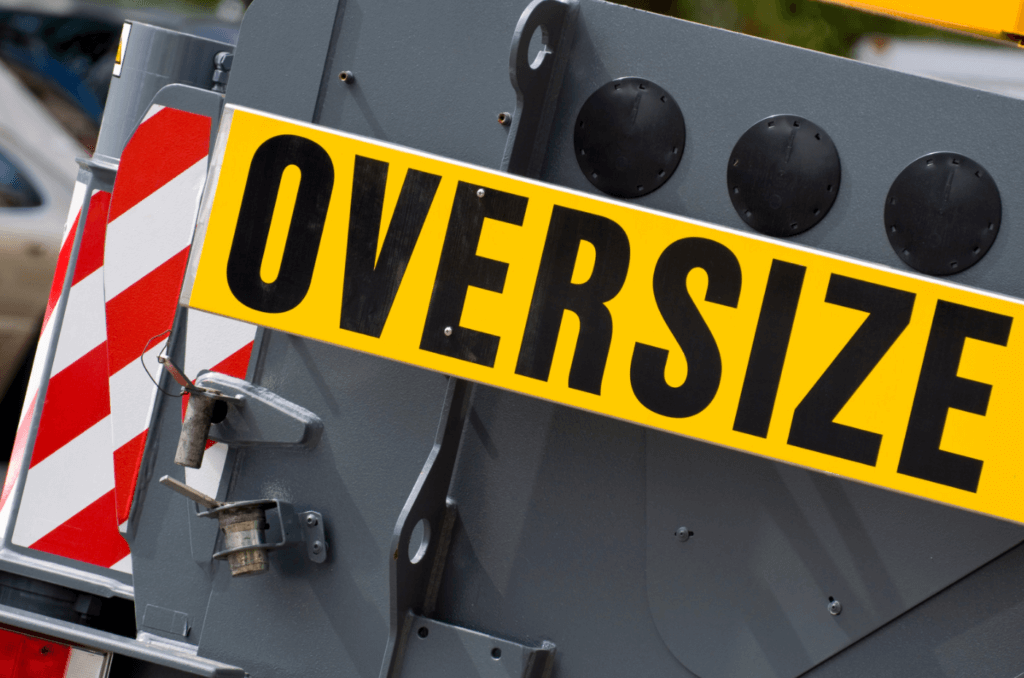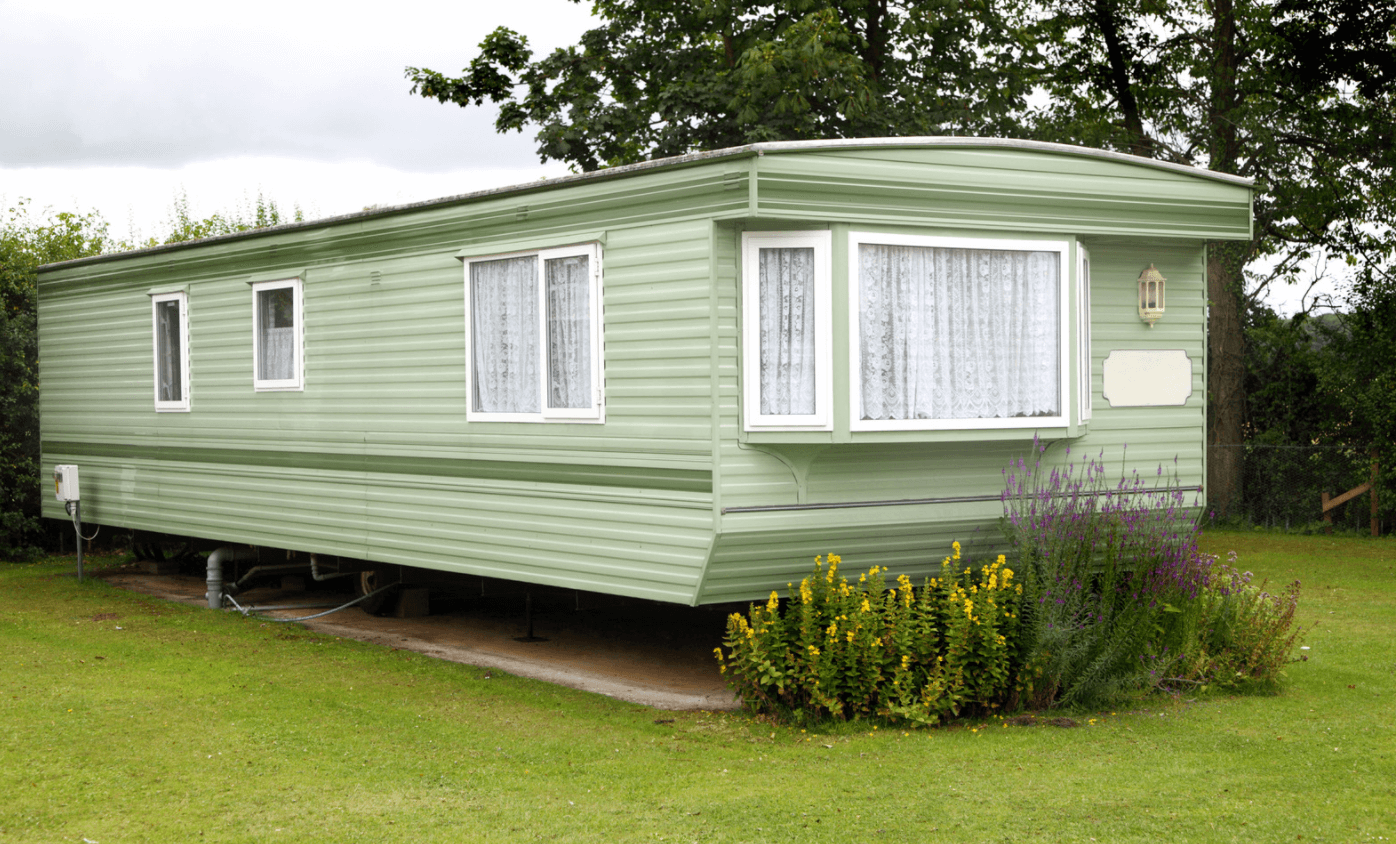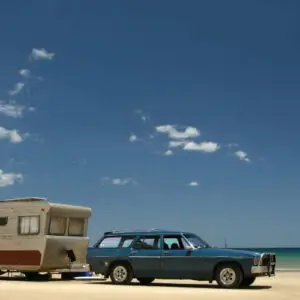One of the most important factors in ensuring the safety of your caravan is knowing the weight limit. If you overload the caravan, it can affect the stability of your static caravan. The risk of damaging the static caravan increases as the weight on its floor increases. To keep your static caravan safe, you must know the weight limit it can endure. So, wondering that what is the weight limit of a static caravan?
There is no specific figure for static caravan weight limits. The maximum weight your static caravan can carry depends upon its manufacturing and size. Big-sized caravans can carry more weight than a small caravan. The material used in manufacturing greatly determines that how much weight your caravan can tolerate.
To make the right decision about weight while loading your caravan, you need to know some things. Here we have covered all that will help you make an informed decision.

How To Find The Weight Limit Of A Static Caravan
When you own or rent a static caravan, it’s crucial to inquire about the weight limit of the caravan. The best way to know the weight limit of a static caravan is to ask the static caravan manufacturer. No else can provide you with more accurate information about this.
If you purchased the static caravan from someone who isn’t the manufacturer, you can ask the previous owner if he knows about this. Otherwise, you can ask him to connect you with the manufacturer if possible.
The third scenario is that you have rented the static caravan for a limited period. In this case, talk to the park owner about the maximum weight that your static caravan can carry.
Things You Should Know While Deciding The Weight Limit Of Your Static Caravan
Here are some terms that you must know when you’re deciding the weight limit of your static caravan:
Maximum Technically Permissible Laden Mass (MTPLM)
It’s defined as the maximum weight of the caravan when it’s fully loaded. If you’re going to tow your static caravan to a new place, you must ensure that the total weight of the caravan doesn’t exceed the towing capacity of the vehicle. Ideally, MTPLM shouldn’t be more than 85% of the total weight of the vehicle.
Mass In Running Order (MIRO)
It’s the weight of the caravan when it is manufactured and leaves the factory. It includes the weight of all the fixtures and fittings. But, if anything extra is added by you or the dealer, it should be mentioned clearly as a part of the caravan’s weight.
User Payload
The weight difference between the MTPLM and MIRO is the user payload. It accounts for the weight due to different appliances, luggage, food, accessories, etc.
Noseweight Limit
The noseweight limit is mostly considered in the case of touring caravans. But if a static caravan has to be moved to a new place, then noseweight limit is useful. It’s the maximum force exerted by the caravan on the towbar of the towing vehicle.

Does Caravan Weight Affect Your Insurance?
The answer to this question is both yes and no. The weight of your caravan doesn’t affect the insurance if it remains the same. But, the weight of your caravan may change. For example, if you install a solar power setup, the weight will surely increase.
In the cases when the weight of your caravan changes, you can expect your claims to be refused. It’s due to the reason that the insurance company will take it as a misrepresentation of your caravan weight.
To avoid this scenario, you should talk to the insurance company beforehand. Let them know if you’re going to put any additional weight in your caravan so that they can include that in your insurance policy.
Tips For Loading Your Static Caravan
Here are some tips that can help you avoid over-loading and wisely placing things in a static caravan:
Always place things on the caravan floor at a distance. Avoid putting all the weight at a single position. It increases the chances of damaging your caravan’s floor.
Choose the caravan’s interior items wisely. You can remove unnecessary items or appliances from your caravan. For example, if you’re staying in your static caravan in the summers, there is no need to keep heaters or other winter stuff. You can leave them home to keep your static caravan as light as possible.
It’s hard, but it will be best if you weigh all the items in your static caravan individually. It will help you calculate the total weight that you’ll be putting on your caravan. If the total weight of the items exceeds the weight limit of your static caravan, you can choose the essential things and leave them unessential at home. It’s a one-time effort unless you keep a record of the weights or you purchase new equipment.
Talk to the caravan park owner about the items available on the caravan site. For example, if you get fresh and clean water easily in the park, there is no need to keep an additional water tank.
Consider keeping the lightest version of everything to ensure that you don’t exceed the weight limit. If you keep plastic cutlery instead of traditional crockery. When you’re on vacation and not living permanently in your static caravan, there is no need to bring stoneware pots and pans.
Summary
Much like a touring caravan, to keep your static caravan safe, you must know its weight limit. The maximum weight that your static caravan can carry depends upon its manufacturing, the material used, and the size of the caravan.
To know the exact weight of the static caravan, you should talk to the manufacturer. You should ask him about Maximum Technically Permissible Laden Mass (MTPLM), Mass In Running Order (MIRO), User Payload, and Noseweight Limit of your caravan.
All these things collectively determine that how much weight your caravan can tolerate. Whatever weight you want to put on your static caravan should be mentioned in your caravan insurance policy if you don’t want your claims to be refused.
Keeping your static as light as possible is the best way to ensure that your caravan is safe!



